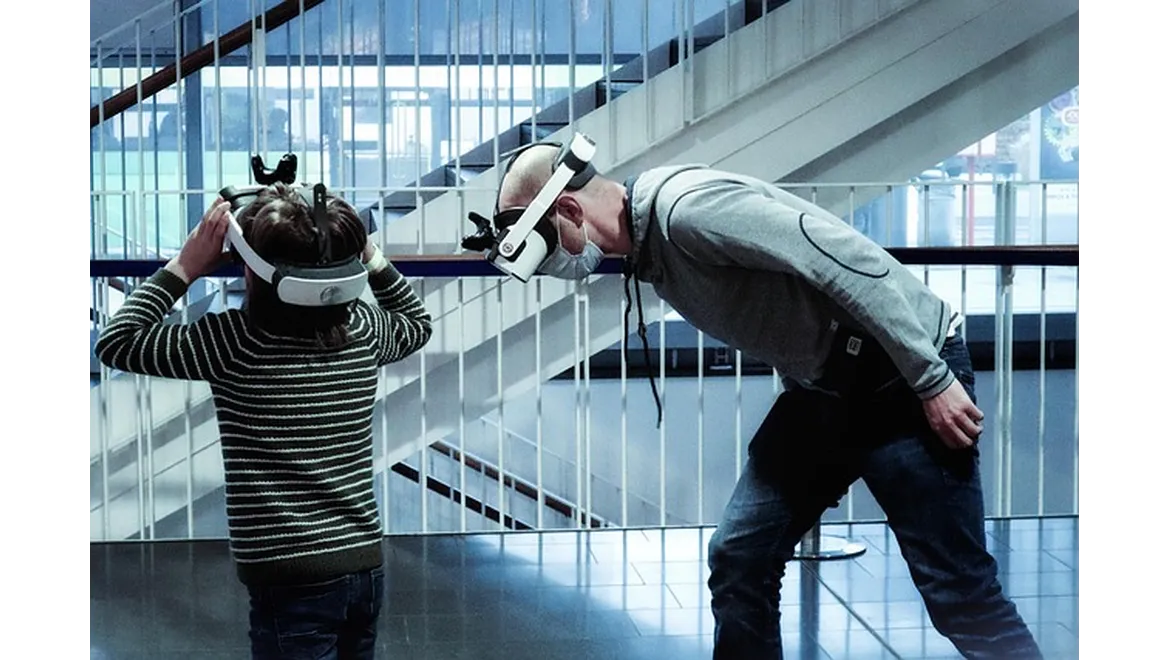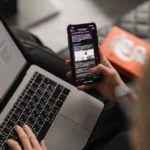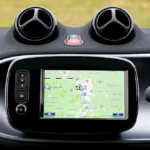Okay, buckle up, because I’m about to take you behind the scenes of my recent deep dive into the world of AR/VR storytelling on Facebook, specifically with accessibility in mind. It’s been a real eye-opener, not just from a technological perspective, but also from a business standpoint. See, I’ve been thinking a lot about how we can use Facebook’s AR/VR tools to build genuinely engaging brand experiences that everyone can enjoy, and that’s where accessibility comes in.
Why Accessibility is Key (and Good Business)
Initially, I saw accessibility as, well, a ‘nice to have’. But the more I researched, the more I realised it’s a must-have – and a brilliant business opportunity. We’re talking about potentially reaching a significantly larger audience, people who might otherwise be excluded from interacting with your brand’s stories. Think about it: visual impairments, hearing difficulties, motor skill limitations – these aren’t niche issues. By designing for accessibility from the start, we’re not just being ethical; we’re building a more robust and inclusive brand. Plus, it builds brand loyalty like nothing else. People remember companies that care.
Specifically, in the context of interactive storytelling, consider how crucial it is that someone who is visually impaired can still understand and participate in the narrative. This could involve audio descriptions of key visual elements, clear and concise alternative text for all images and interactive elements, and adaptable interfaces that can be controlled with voice commands or assistive technologies. It ensures that the story is truly accessible, regardless of their impairment.
Practical Steps: Crafting Accessible AR/VR Narratives
So, how do we actually do this? Here’s what I’ve learned, and how you can implement it too:
- Captions and Transcripts: For any AR/VR experience with audio, captions are non-negotiable. Facebook offers tools to add captions easily, but make sure they’re accurate and well-timed. Transcripts, available on demand, provide another avenue for accessing audio content, allowing users to read along or refer back to specific sections. I aim for captions that are clear, concise, and synchronised perfectly with the audio.
- Audio Descriptions: Think of audio descriptions as a running commentary for visual elements. Describe the scene, the actions, the emotions – everything a visually impaired user might miss. Facebook doesn’t natively support audio descriptions within AR/VR, but you can integrate them as a separate track that users can enable. This does require some clever scripting and a good understanding of how the user will navigate the experience but this is a fantastic differentiator.
- Customisable Controls: One size definitely doesn’t fit all. Let users remap controls, adjust sensitivity, and choose input methods that work best for them. Ensure that interactive elements are easily identifiable and selectable, regardless of their motor skills. Simple things, like increasing the size of buttons or providing alternative input methods like voice control can make a huge difference. Facebook’s AR/VR platform offers flexibility here; we just need to think about it during development.
- Adherence to Accessibility Standards (WCAG): The Web Content Accessibility Guidelines (WCAG) are your best friend. While developed for web content, many principles apply directly to AR/VR. Use them as a framework for ensuring your experiences are perceivable, operable, understandable, and robust.
Testing, Testing, 1, 2, 3
Creating accessible AR/VR isn’t a set-and-forget process. Testing is absolutely crucial. And not just automated testing. The best way to identify potential barriers is to involve users with disabilities in the testing process. Get their feedback, listen to their experiences, and iterate based on what you learn. Facebook’s developer community can be a great resource for finding testers. Remember that accessibility isn’t about ticking boxes; it’s about creating a genuinely inclusive experience.
I try to follow this checklist during testing:
- Can users navigate the AR/VR environment without getting lost or disoriented?
- Are all interactive elements easily accessible and operable?
- Are captions and audio descriptions accurate and well-synchronised?
- Can users adjust settings to suit their individual needs?
- Does the experience comply with WCAG guidelines?
Interactive Storytelling on Facebook: More Than Just Tech
The real magic happens when we combine accessible AR/VR with compelling storytelling on Facebook. Imagine an AR filter that lets users virtually ‘try on’ a product, complete with audio descriptions for visually impaired users, or a VR experience that transports users to a historical event, with captions and transcripts for those with hearing difficulties. The possibilities are endless.
What makes Facebook so powerful is its ability to target specific audiences based on their interests and demographics. This means you can tailor your AR/VR storytelling experiences to resonate with different groups, ensuring that your message is relevant and engaging. Furthermore, Facebook’s interactive features, such as polls, quizzes, and live Q&A sessions, can be integrated into your AR/VR narratives to encourage active participation and feedback from your audience. This not only enhances engagement but also provides valuable insights into user preferences, allowing you to refine your storytelling approach over time.
By meticulously paying attention to how users with impairments may be involved in the story, we can maximise the impact. So ensure to consider every step from the start of the design process.
Key Takeaways
What’s emerged from all of this research and testing? Designing accessible AR/VR experiences on Facebook is not just about ticking boxes; it’s about creating genuinely inclusive and memorable brand stories. It starts with captions, audio descriptions, and customisable controls. It demands rigorous testing with diverse users. And above all, it involves embracing accessibility as an opportunity to expand your reach and build a brand reputation that resonates with everyone. It all contributes to a more powerful, engaging, and ultimately, more successful use of Facebook’s AR/VR capabilities.











